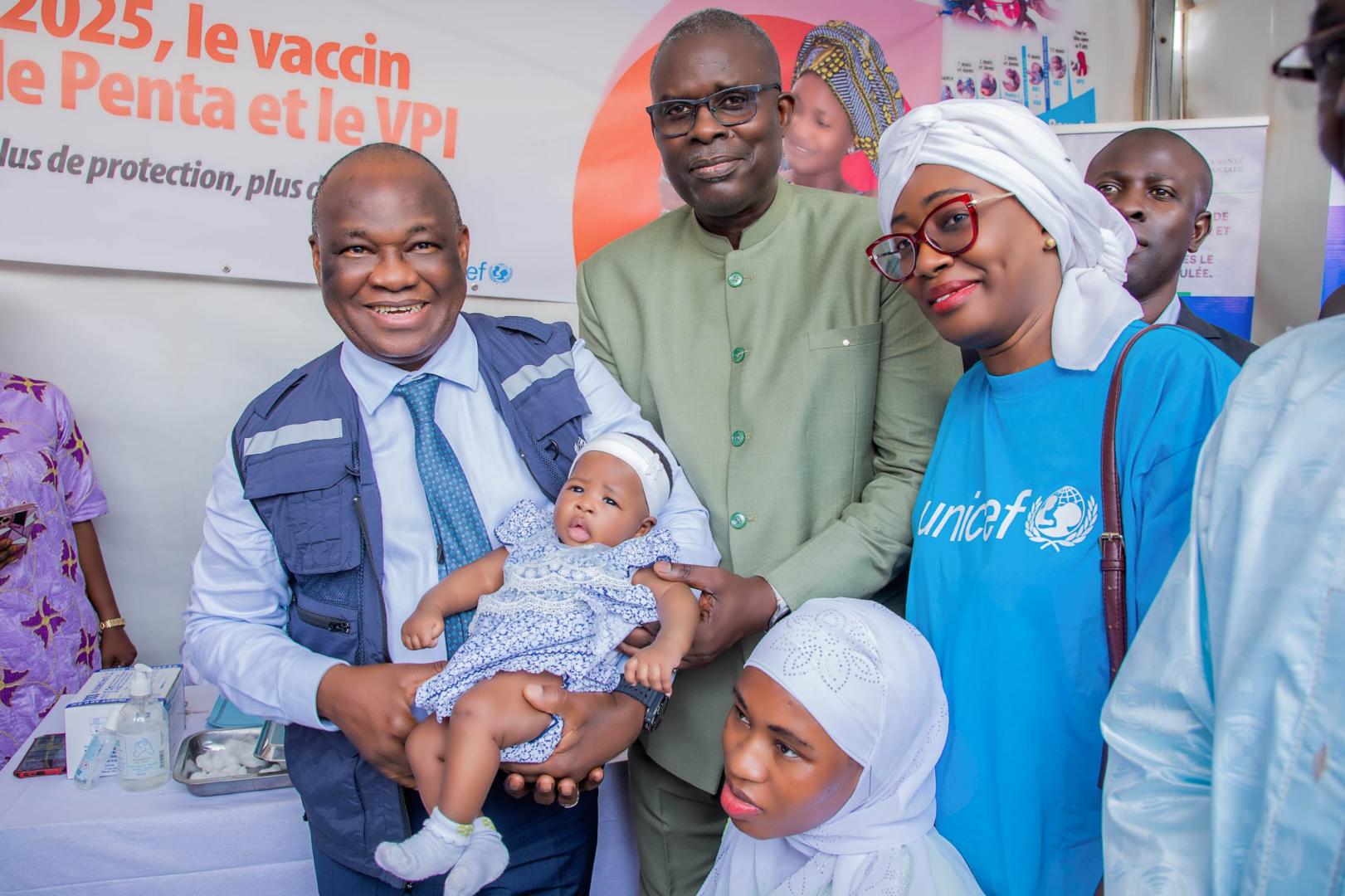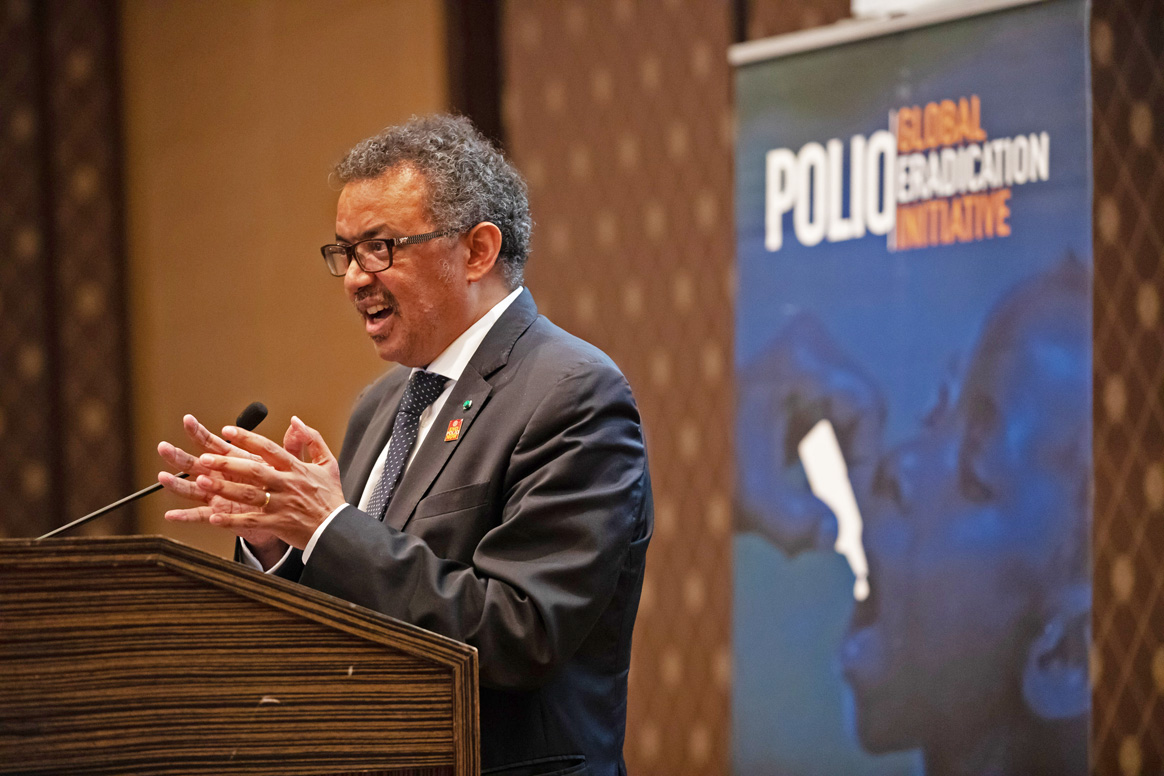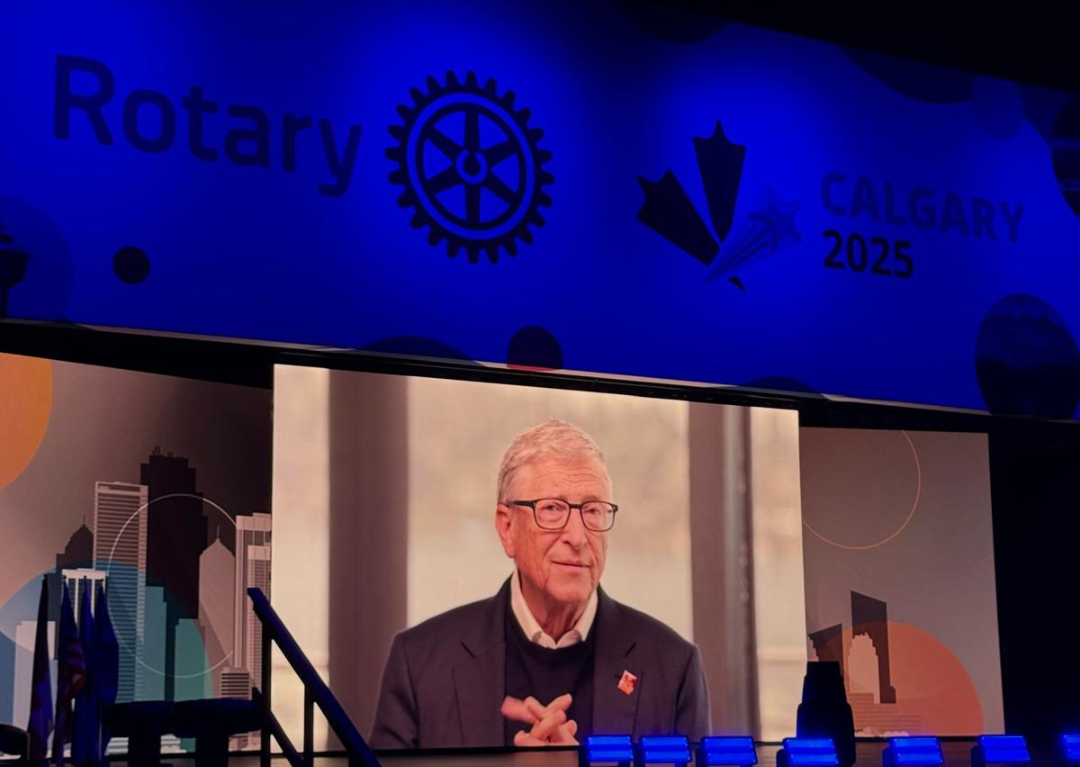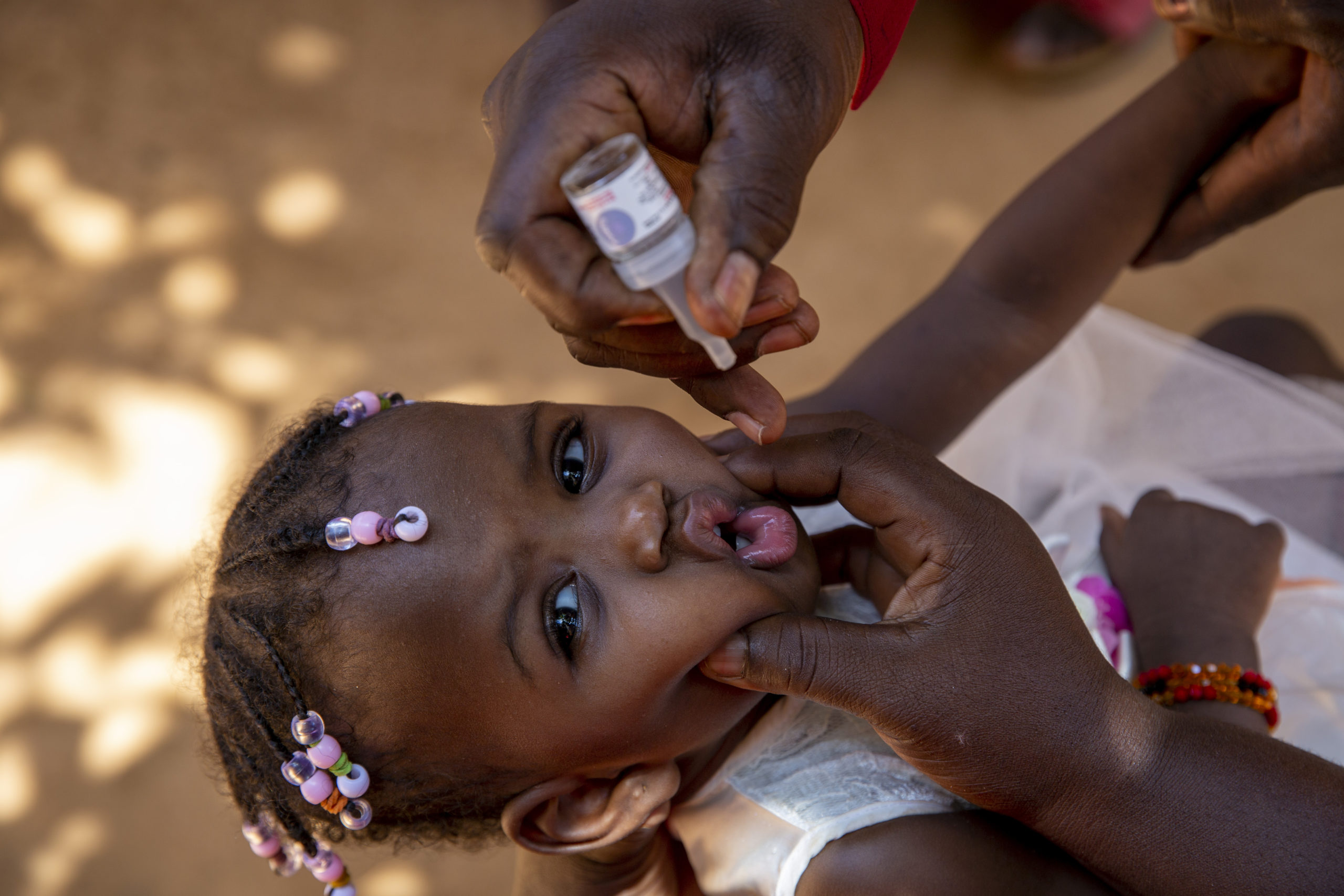Three Years with No Wild Poliovirus Type 3
Three years on since the last child was paralysed by wild poliovirus type 3, we look back on how we got here
10/11/2015

The 10th of November is an opportunity to mark three years with no child paralysed by wild poliovirus type 3 (WPV3), a reminder of the role of surveillance in ensuring the world is polio free, and of innovations in driving the programme forward.



